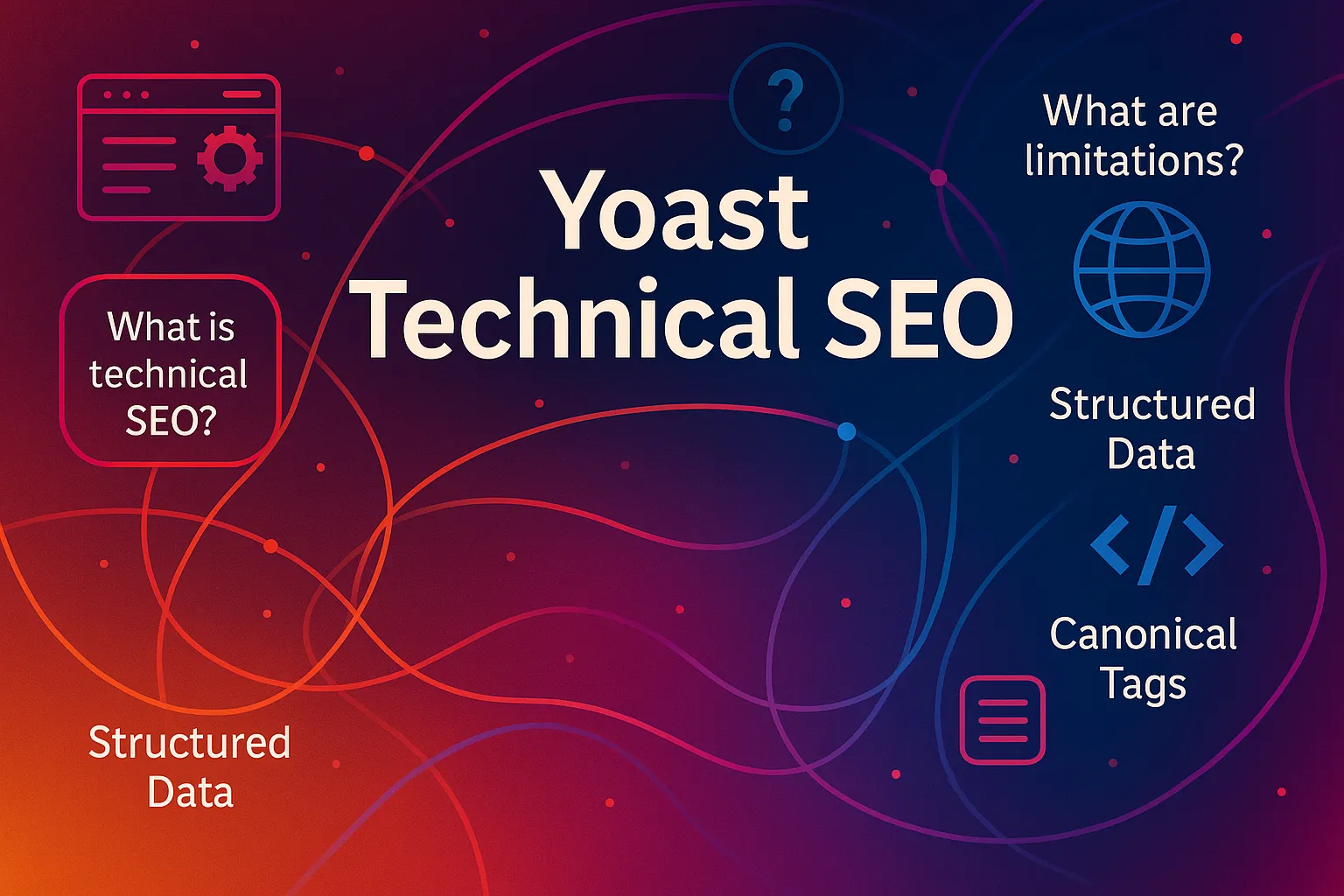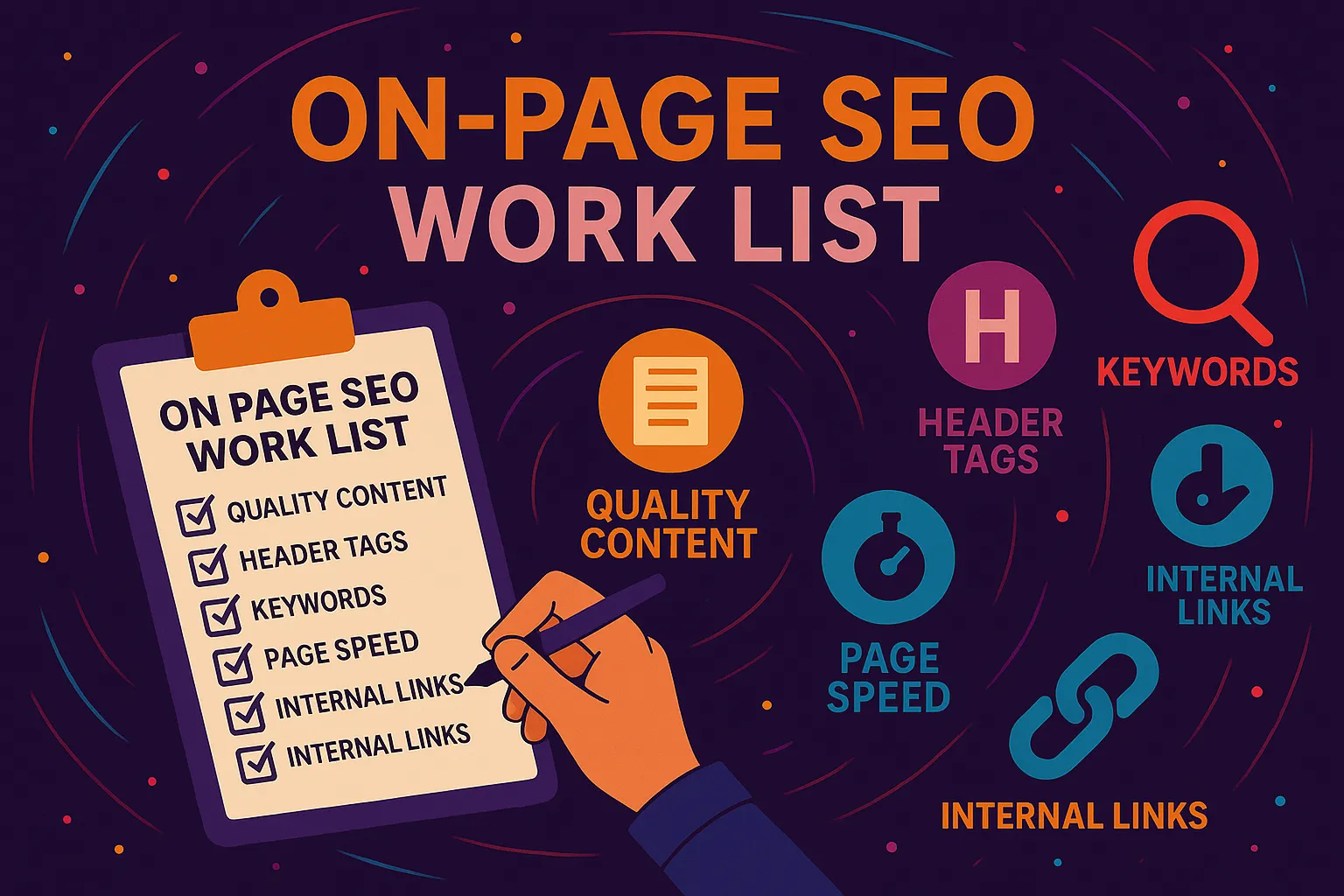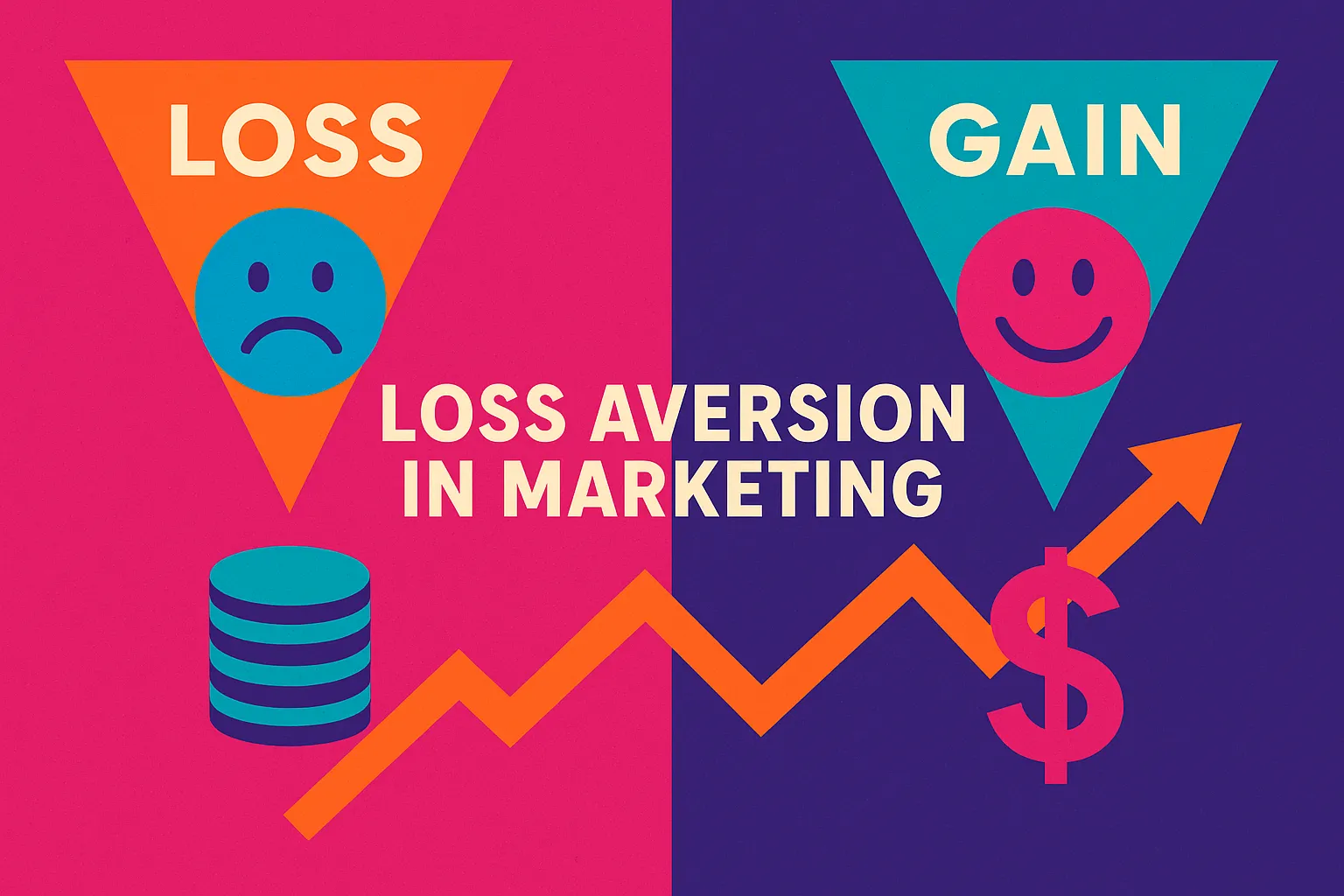What is Yoast Technical SEO?
Yoast technical SEO is the combination of technical optimization features within the Yoast SEO plugin for WordPress. These tools are built to help your website become easier for search engines like Google to crawl, understand, and rank.
What makes it special is that Yoast handles many of the tasks developers usually deal with—like sitemaps, meta tags, canonical URLs, and structured data—all from a user-friendly dashboard. For us at Vibe Branding, it’s one of the first things we install on a WordPress website, and we often train our clients to use its core features to keep their sites in shape.
TL;DR (Too Long; Didn’t Read)
- A clear definition of what “yoast technical seo” means and why it’s important
- How we at Vibe Branding use Yoast to help clients fix crawlability, indexing, and speed issues
- The exact features Yoast offers for improving technical SEO (even if you’re not a developer)
- Real examples of how structured data, XML sitemaps, and canonical tags work using Yoast
- When Yoast is enough and when you need more advanced tools
- Our personal insights from 10+ years in the digital marketing field using Yoast
Why Technical SEO Matters More Than Ever
Over the last decade, we’ve watched dozens of beautifully designed websites get buried on page 3 of search results—not because the content was bad, but because their technical foundations were weak. Things like slow page speed, broken links, or a poorly structured sitemap can drag your rankings down.
That’s why we always stress the importance of technical SEO as the foundation of your site’s visibility. Think of it like building a house: Yoast technical SEO is the blueprint, electrical wiring, and plumbing.
You can’t see it all, but without it, nothing runs the way it should. One of our clients came to us with great blogs and product pages, but no sitemap submitted to Google.
Their site wasn’t being indexed properly. After installing Yoast, generating the sitemap, and submitting it via Google Search Console, they saw a 37% increase in indexed pages in just two weeks.
That’s the power of technical SEO done right.

Yoast SEO Features That Do the Heavy Lifting
Over the years, we’ve tested multiple SEO tools, but when it comes to user-friendly technical optimization, nothing compares to Yoast. First, the plugin automatically generates XML sitemaps, which act like roadmaps for Googlebot to follow across your website.
It also gives you control over meta robots tags—these tell search engines what they can or cannot index. Another standout feature is the canonical URL setting.
Duplicate content can confuse search engines, but Yoast lets you define which version of a page should be considered the original. That’s especially helpful for ecommerce stores or blog tags with similar content.
And let’s not forget structured data. Yoast adds a schema graph to every page, helping search engines understand what your site is about.
All of this is wrapped in a simple interface that even non-technical users can navigate. Here’s a quick comparison of common technical SEO tasks and how Yoast simplifies them:
Technical SEO Task | Normally Requires Developer? | Solved with Yoast? |
XML Sitemap Creation | Yes | Yes |
Meta Robots Tag Control | Yes | Yes |
Canonical Tag Management | Yes | Yes |
Structured Data Markup | Yes | Yes |
Robots.txt Editing | Yes | Yes (Premium) |
Understanding Crawlability and Indexability with Yoast
Crawlability refers to how easily a search engine can access and navigate your site. Indexability determines whether those crawled pages get stored and displayed in search results.
Using Yoast technical SEO, we help clients optimize both. One easy win is enabling or disabling individual pages from appearing in search results using the Yoast meta box on each post or page.
You can also fine-tune which post types or taxonomies appear in the sitemap. For example, we recently helped a service-based business hide their admin-only pages from Google using noindex settings in Yoast.
We also guided them through internal linking strategies, boosting crawl depth and making sure important pages were no more than 3 clicks away from the homepage. With these changes, crawl errors dropped by 45% in their Search Console dashboard.
Making Structured Data and Schema Markup Easy
Schema markup is one of those things that sounds scary but can seriously improve how your site appears in search. With Yoast, it’s baked right in.
The plugin generates a structured data graph using Schema.org vocabulary that tells search engines what each page represents—an article, a product, a person, or even a local business. If you use the Yoast FAQ or How-To blocks in the WordPress editor, they automatically include the correct schema format.
That means your content is eligible for rich results, like accordion dropdowns or star ratings. We’ve used this for clients in the food and wellness industry to highlight recipes with structured steps.
It increased their click-through rates by 12% on average over three months. The best part?
You don’t need to write a single line of code. Just select the block, enter your content, and Yoast does the rest.
You can also use tools like Google’s Rich Results Test to verify your structured data is implemented correctly—we check this in every one of our audits.

Sitemaps, Canonicals, and Robots Meta Tags: The Silent Workhorses
These features don’t always get the spotlight, but they’re critical to making sure your site isn’t sending mixed signals to Google. With Yoast technical SEO, your XML sitemap updates automatically as you add or remove pages.
We always recommend submitting this sitemap in Google Search Console so Google knows exactly where to find your content. Then there’s canonical tagging, which is useful when you have similar content spread across multiple URLs.
Yoast auto-generates self-referencing canonicals but also allows you to override them when necessary. We had a client with two product pages for nearly identical items.
Setting the preferred version as canonical using Yoast ensured they didn’t compete with each other in search. Meta robots tags are also configurable in Yoast.
You can set pages to noindex, nofollow, or a combination, all from the post editor. This is a lifesaver when managing seasonal content or outdated promos you don’t want appearing in search anymore.
When Yoast Isn’t Enough: Know the Limits
While Yoast technical SEO covers a lot of ground, it’s not a silver bullet. For server-side optimizations like image compression, lazy loading, or caching, you’ll need to integrate other plugins or even reach out to your host.
And although Yoast supports hreflang tags for multilingual websites, complex international setups usually require a dedicated plugin like WPML or professional development help.
There are also scenarios where you need visual crawl maps or in-depth log file analysis, and Yoast isn’t built for that.
For those cases, we rely on tools like Screaming Frog or Sitebulb. But here’s the thing: for 90% of WordPress site owners, Yoast gives you everything you need to stay technically optimized.
Knowing when to expand your toolkit is just part of smart SEO strategy.
Our Best Practices for Auditing Technical SEO with Yoast
At Vibe Branding, we use a repeatable process when auditing websites with Yoast installed. First, we review the sitemap and make sure it’s submitted correctly in Google Search Console.
Then, we check that important pages are set to index and unimportant or duplicate pages are hidden using noindex. We also look at canonical tags, schema output, and loading speed using PageSpeed Insights.
If there are broken links or redirect loops, we address them with Yoast Premium’s redirect manager. Every change we make is documented and tested with tools like Ahrefs and GSC so we can measure the impact.
Technical SEO isn’t just about setting and forgetting; it’s about continual maintenance.
Final Thoughts: Why Yoast Technical SEO Still Reigns
In over 10 years of helping businesses grow their online presence, we’ve tested countless SEO plugins and platforms. But when it comes to giving non-technical users the power to make meaningful backend improvements, yoast technical seo continues to lead the way.
It simplifies tasks that once required developers and keeps websites lean, crawlable, and index-friendly. If you’re managing your own WordPress site or running one for a client, mastering Yoast’s technical SEO features can give you a strong edge.
And if you ever get stuck, our team at Vibe Branding is always ready to step in—because optimizing the unseen parts of your site is what makes everything else shine. Visit our About Page to learn more about our mission, values, and how we help businesses like yours succeed through data-driven, creative digital strategy.





